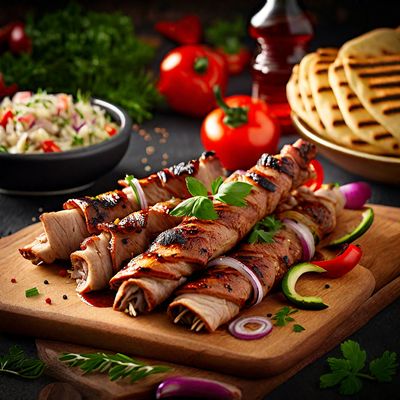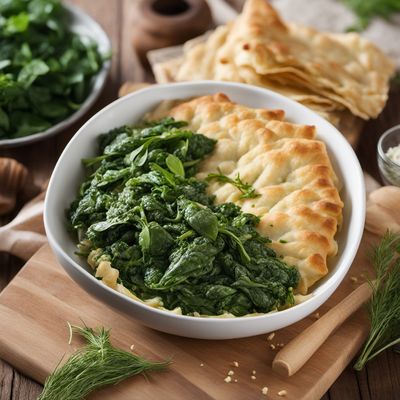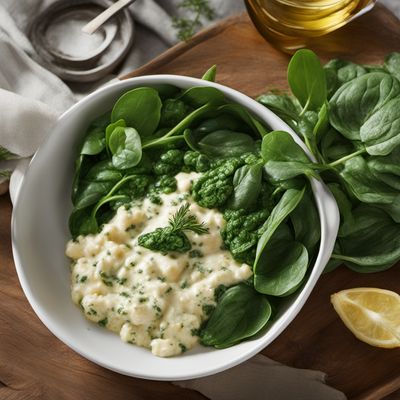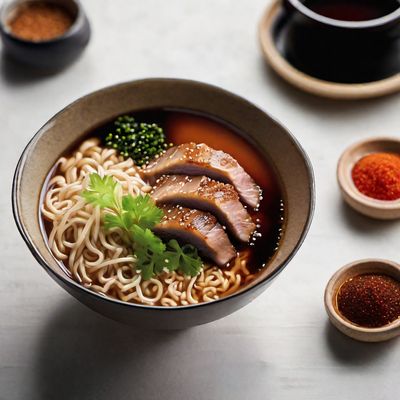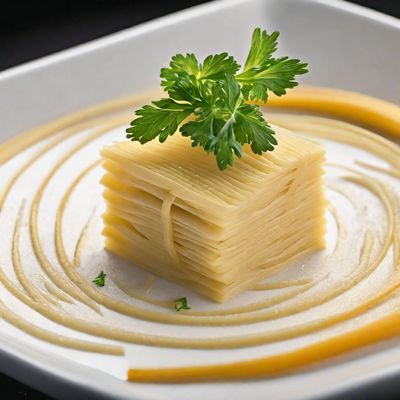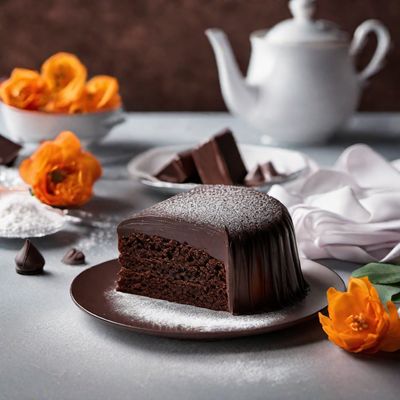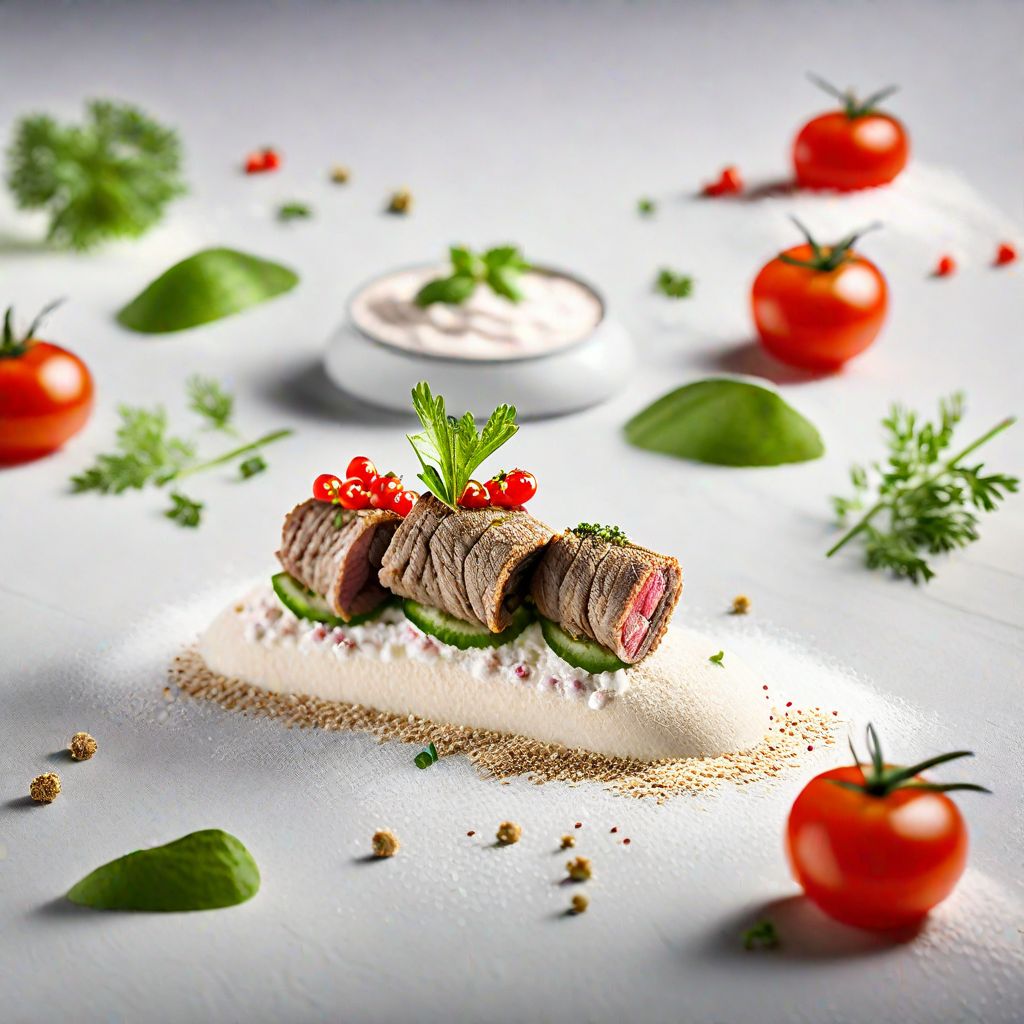
Recipe
Molecular Gastronomy Souvlaki
The Gastronomic Transformation of Souvlaki
4.8 out of 5
In the realm of molecular gastronomy, we embark on a culinary adventure to reinvent the classic Greek dish of Souvlaki. By utilizing innovative techniques and modern ingredients, we elevate this traditional street food to a whole new level, creating a visually stunning and sensorially captivating experience.
Metadata
Preparation time
240 minutes
Cooking time
0 minutes
Total time
240 minutes
Yields
4 servings
Preparation difficulty
Medium
Suitable for
Vegetarian, Vegan, Gluten-free, Dairy-free, Nut-free
Allergens
N/A
Not suitable for
Paleo, Keto, Low-carb, High-protein, Low-fat
Ingredients
While the essence of Souvlaki remains intact, the molecular gastronomy adaptation introduces avant-garde presentation, unexpected textures, and unique flavor combinations. The focus shifts from the traditional skewered meat to a deconstructed interpretation, where each element is meticulously crafted to surprise and delight the palate. We alse have the original recipe for Souvlaki, so you can check it out.
-
500g (1.1 lb) sous-vide cooked lamb, cubed 500g (1.1 lb) sous-vide cooked lamb, cubed
-
50g (1.8 oz) tzatziki gel 50g (1.8 oz) tzatziki gel
-
30g (1 oz) olive oil powder 30g (1 oz) olive oil powder
-
20g (0.7 oz) tomato foam 20g (0.7 oz) tomato foam
-
10g (0.35 oz) cucumber caviar 10g (0.35 oz) cucumber caviar
-
5g (0.18 oz) pita chip dust 5g (0.18 oz) pita chip dust
-
5g (0.18 oz) oregano air 5g (0.18 oz) oregano air
Nutrition
- Calories (kcal / KJ): 350 / 1465
- Fat (total, saturated): 20g, 5g
- Carbohydrates (total, sugars): 10g, 2g
- Protein: 30g
- Fiber: 2g
- Salt: 1g
Preparation
-
1.Preheat a water bath to 60°C (140°F).
-
2.Season the lamb cubes with salt, pepper, and your choice of herbs.
-
3.Vacuum-seal the seasoned lamb cubes and cook in the water bath for 4 hours.
-
4.Remove the lamb from the water bath and pat dry.
-
5.Skewer the lamb cubes onto small sticks or toothpicks.
-
6.Using a syringe, inject the tzatziki gel into the lamb cubes.
-
7.Arrange the lamb skewers on a serving plate.
-
8.Sprinkle the olive oil powder over the skewers.
-
9.Create small dollops of tomato foam and place them around the plate.
-
10.Carefully spoon the cucumber caviar onto the plate.
-
11.Sprinkle the pita chip dust over the skewers.
-
12.Finish by adding delicate drops of oregano air over the entire dish.
Treat your ingredients with care...
- Lamb — For the best results, choose tender cuts of lamb and ensure they are evenly cubed before sous-vide cooking.
- Tzatziki gel — To achieve a smooth and creamy texture, strain the yogurt used in the tzatziki before transforming it into a gel.
- Olive oil powder — Use a maltodextrin-based powder to create a light and airy texture that dissolves upon contact with moisture.
- Tomato foam — Utilize a whipping siphon to create a velvety foam by combining tomato juice, lecithin, and a touch of xanthan gum.
- Cucumber caviar — Employ the spherification technique to transform cucumber juice into delicate caviar-like spheres.
Tips & Tricks
- Experiment with different flavors and textures by incorporating additional molecular gastronomy techniques such as gels, foams, and powders.
- Sous-vide cooking ensures tender and perfectly cooked lamb, but if you don't have a water bath, you can achieve similar results by slow-cooking the lamb in a low-temperature oven.
- Play with presentation by using unique serving vessels or plating techniques to enhance the visual appeal of the dish.
- Feel free to customize the flavors by adding herbs, spices, or other ingredients to the various components of the dish.
- Don't be afraid to push the boundaries of traditional flavors and textures to create a truly innovative and memorable dining experience.
Serving advice
Serve the Molecular Gastronomy Souvlaki as a visually striking appetizer or as part of a tasting menu. Encourage guests to explore the different elements on the plate, combining them in each bite to experience the harmonious blend of flavors and textures.
Presentation advice
Arrange the skewered lamb cubes in a geometric pattern on a rectangular plate. Place the various components of the dish strategically around the skewers, creating a visually appealing composition. Garnish with fresh herbs or edible flowers to add a pop of color.
More recipes...
More Greek cuisine dishes » Browse all
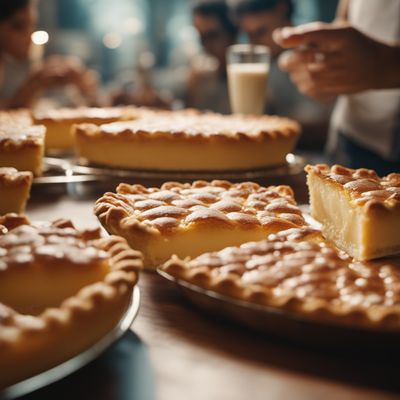
Galatopita
Milk Pie
Galatopita is a traditional Greek dessert that is made with milk and semolina. It is a delicious and comforting dessert that is perfect for any occasion.

Masourakia
Masourakia is a traditional Greek dish that is typically served as a dessert. It is made with phyllo dough and a sweet cheese filling.
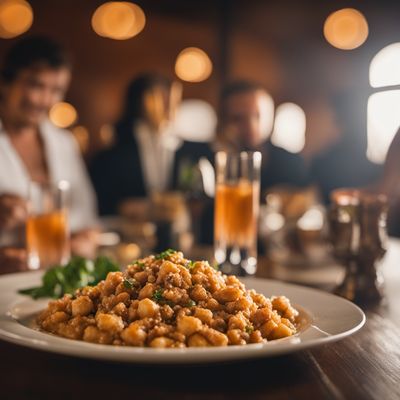
Souvla
Souvla is a traditional Greek dish that is typically served during special occasions such as weddings and holidays. It is a flavorful and aromatic...
